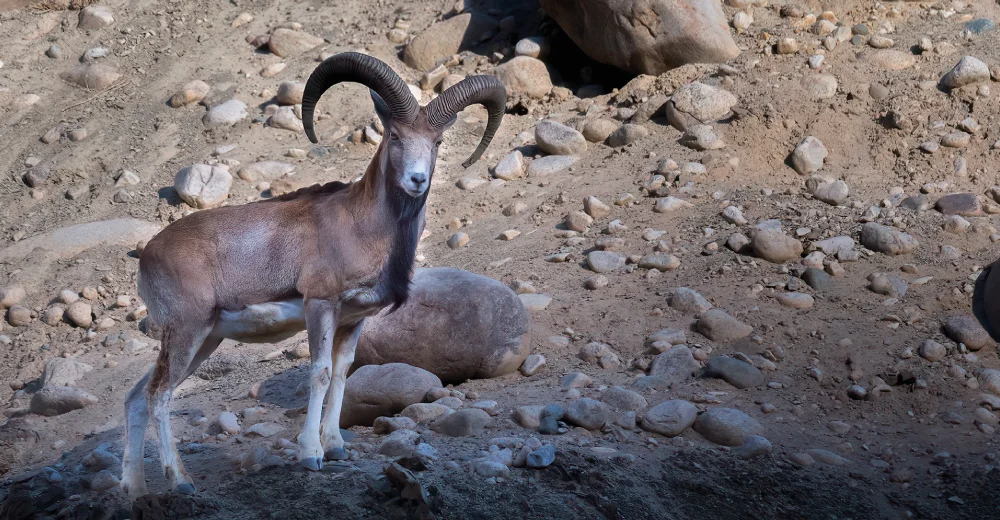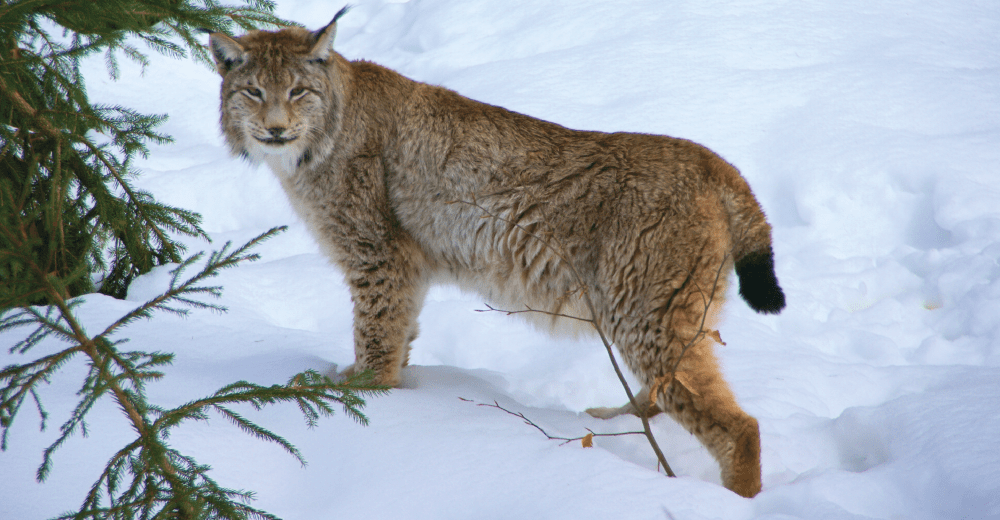Ladakh urial (Ovis vignei vignei) (known as Shapu in Balti, Ureen in Shina, Yatal in Broshaski language) is one of the six subspecies of Ovis vignei which differ in the size and color of the male winter neck-ruff, saddle patch, and horn shape.
Ladakh urial is endemic to Ladakh (India) and Gilgit-Baltistan (Pakistan) and lives on gentle slopes with smooth to sometimes broken terrain at elevations of 3,000 – 4,250 m. In Pakistan, once Ladakh urial was distributed along the entire length of the Indus River up to Kohistan, now restricted to Bonji and Shigar Valleys. About 200 individuals of Ladakh urial are reported from Gilgit-Baltistan.
Recent research by the SLF team predicts an estimated 9,000 sq. km suitable area for Ladakh urial, most of which falls outside the protected areas. Trophy hunting of Ladakh urial is not permissible due to its listing in Appendix-I of the CITES and small population. Conservation incentives, improved wildlife surveillance, and a carefully designed reintroduction program are essential for the thriving population of the species in the region.



